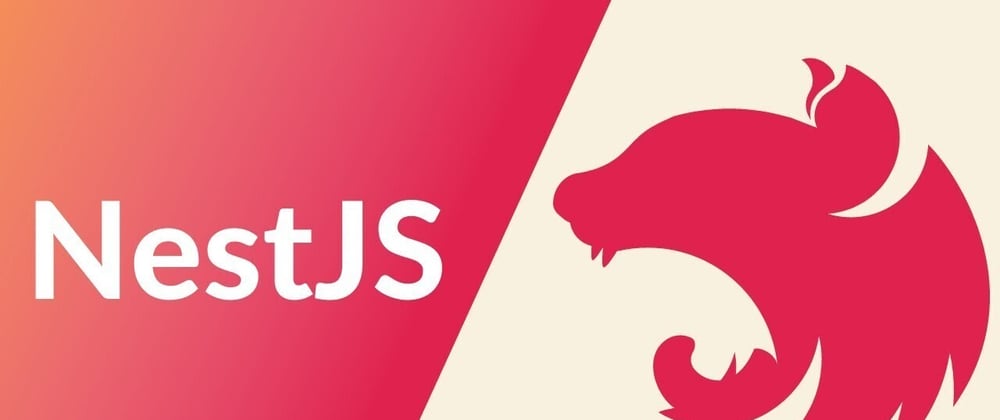Introduction:
NestJS has rapidly gained traction as a powerful framework for building server-side applications with Node.js, offering developers a robust set of features inspired by Angular's architecture and TypeScript's strong typing capabilities. With its modular structure, dependency injection, and built-in support for concepts like controllers, providers, and modules, NestJS provides a structured and efficient approach to building scalable and maintainable Node.js applications. In this guide, we'll delve into the world of NestJS, exploring its core concepts, best practices, and practical tips for building enterprise-grade applications.
-
Introducing NestJS:
- Begin by introducing NestJS and its core principles. Explain how NestJS leverages TypeScript and decorators to provide a highly structured and opinionated framework for building server-side applications with Node.js.
-
Getting Started with NestJS:
- Provide a step-by-step guide for getting started with NestJS. Walk readers through installing NestJS CLI, scaffolding a new NestJS project, and exploring the project structure, including modules, controllers, services, and providers.
-
Controllers and Routing:
- Dive into controllers and routing in NestJS. Discuss the role of controllers in handling incoming HTTP requests and defining routes, and showcase how to create controllers, define route endpoints, and handle request/response cycles.
-
Dependency Injection and Providers:
- Explore the concept of dependency injection in NestJS and its role in managing application dependencies and promoting modularity. Discuss providers as the building blocks of NestJS applications and demonstrate how to inject dependencies into controllers, services, and modules.
-
Services and Business Logic:
- Address services in NestJS and their role in encapsulating business logic and data access operations. Showcase how to create services, inject them into controllers or other services, and leverage them to implement application functionality.
-
Middleware and Interceptors:
- Discuss middleware and interceptors in NestJS and their role in intercepting and modifying incoming requests or outgoing responses. Showcase how to create custom middleware functions and interceptors to implement cross-cutting concerns such as logging, error handling, and authentication.
-
Modules and Modularization:
- Highlight the importance of modularization in NestJS applications and its benefits for code organization, reusability, and maintainability. Discuss how to create modules to encapsulate related functionality and how to import/export modules to compose the application architecture.
-
Database Integration:
- Explore database integration in NestJS applications. Discuss popular databases like MongoDB, PostgreSQL, and MySQL, and demonstrate how to integrate them with NestJS using libraries like TypeORM or Mongoose for seamless data access and manipulation.
-
Authentication and Authorization:
- Address authentication and authorization in NestJS applications. Discuss strategies for implementing authentication mechanisms like JWT (JSON Web Tokens) or OAuth, and showcase how to protect routes and resources using guards and middleware-based authorization checks.
-
Testing and Debugging:
- Provide guidance on testing and debugging NestJS applications. Introduce testing frameworks like Jest and Supertest, and demonstrate how to write unit tests and integration tests for controllers, services, and middleware.
-
Error Handling and Logging:
- Discuss error handling and logging in NestJS applications. Showcase best practices for handling errors gracefully, logging application events and errors, and implementing centralized error handling middleware.
-
Deployment and Scalability:
- Discuss deployment strategies for NestJS applications. Showcase how to deploy NestJS applications to platforms like Heroku, AWS, or Google Cloud, and address scalability considerations such as load balancing, caching, and horizontal scaling.
-
Community and Resources:
- Encourage readers to join the NestJS community and explore resources for learning more about NestJS. Share recommended tutorials, documentation, and community forums where developers can connect, learn, and collaborate on NestJS-related projects.
-
Conclusion:
- Summarize the key takeaways from the guide and emphasize the significance of NestJS as a powerful framework for building scalable and maintainable Node.js applications. Encourage readers to apply the concepts and techniques learned in their own projects and share their experiences with the NestJS community.
-
Call to Action:
- Invite readers to share their NestJS projects, experiences, and questions in the comments section. Encourage them to join the NestJS community on platforms like dev.to to connect with fellow developers, exchange knowledge, and collaborate on exciting projects.
By following this comprehensive guide, developers can gain a deep understanding of NestJS and leverage its capabilities to build robust, scalable, and maintainable Node.js applications. Happy coding with NestJS!







Top comments (0)